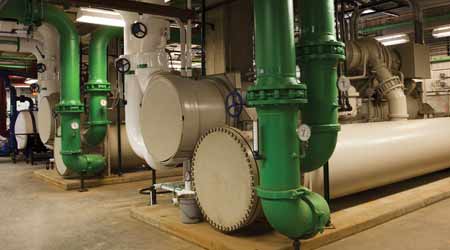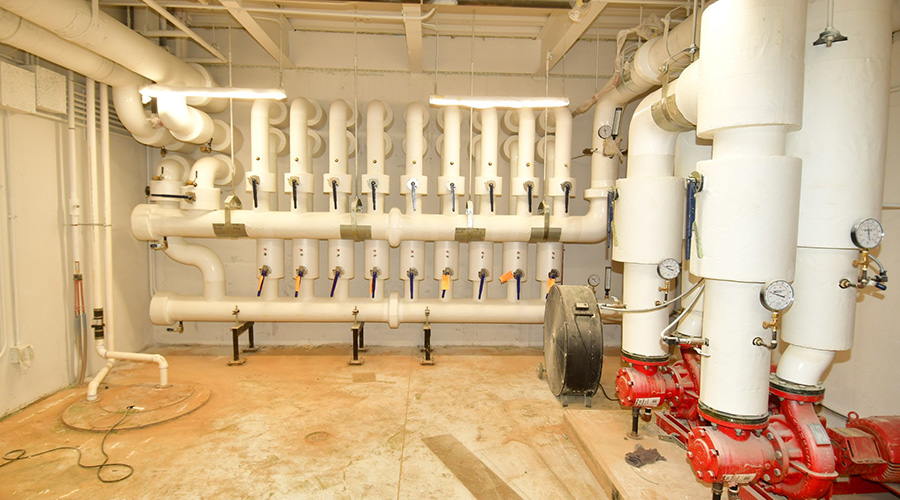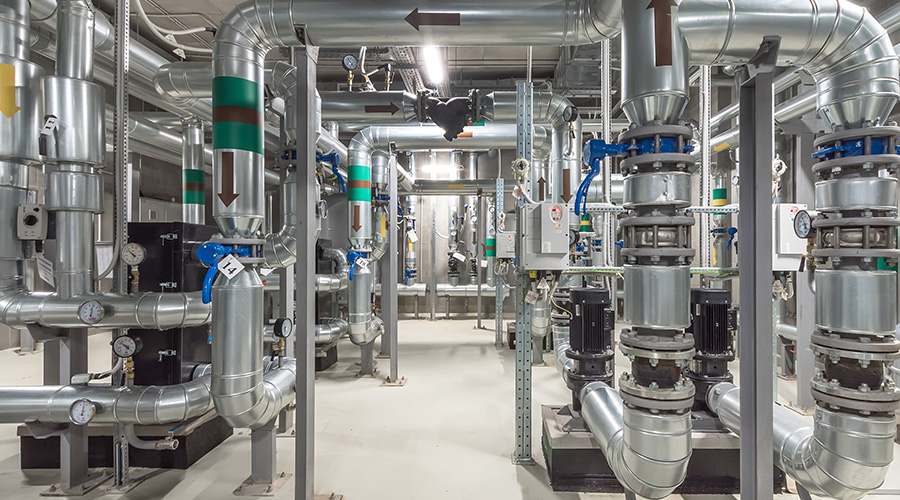 Simply replacing an existing chiller with a new, higher-efficiency model might be the easiest solution, but it can cause problems if not done correctly.
Simply replacing an existing chiller with a new, higher-efficiency model might be the easiest solution, but it can cause problems if not done correctly.Chillers: EPA Maintenance Requirements
The Environmental Protection Agency has updated its requirements related to ozone-depleting substances. The revised requirements take effect Jan. 1, 2019.
Chiller Maintenance and Efficiency
In 2016, the U.S. Environmental Protection Agency (EPA) updated its existing requirements related to ozone-depleting substances (ODS), such as chlorofluorocarbons (CFC) and hydrochlorofluorcarbons (HCFC), and it extended them to substitutes such as hydrofluorcarbons (HFC). The revised requirements affecting leak rate calculations, repairs, inspections, and retrofits take effect Jan. 1, 2019. The updates include:
• more stringent requirements for repairing leaks in larger appliances
• new recordkeeping for the disposal of appliances containing five to 50 pounds of refrigerant
• new reporting requirement that kicks in when larger appliances leak 125 percent or more of their charge in a calendar year;
• restricting the sale of HFC refrigerant to technicians certified under Sections 608 or 609 of the Clean Air Act.
For more on the impact of the changes on facilities, managers can check out this EPA fact sheet:
http://ow.ly/b8Iu30eErYh.
— Jordan Ridgely
Related Topics:














